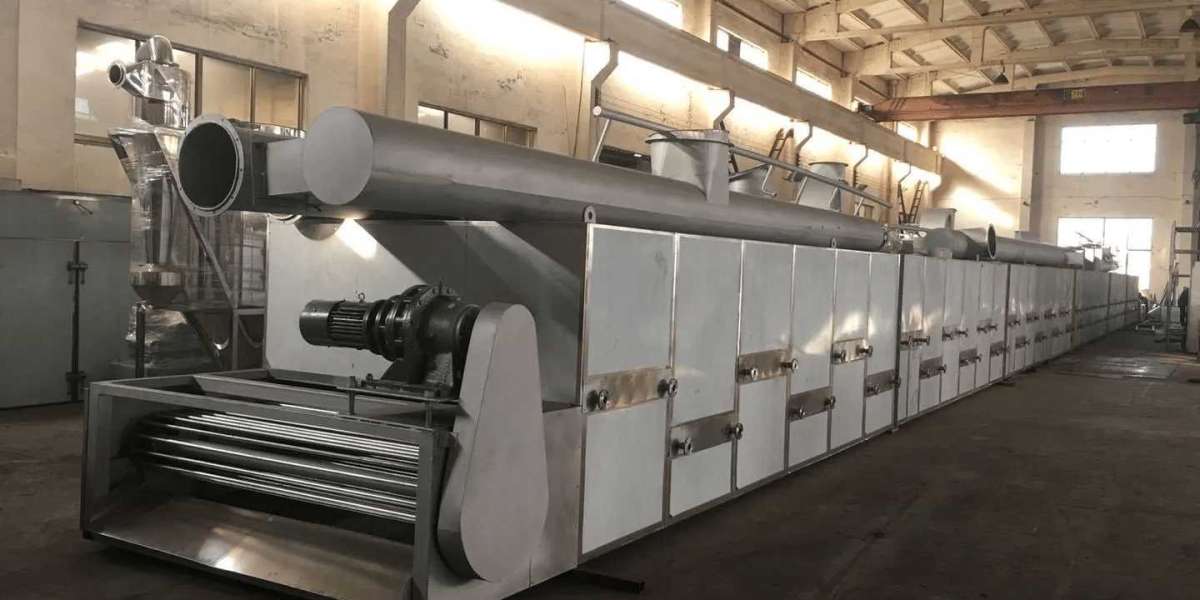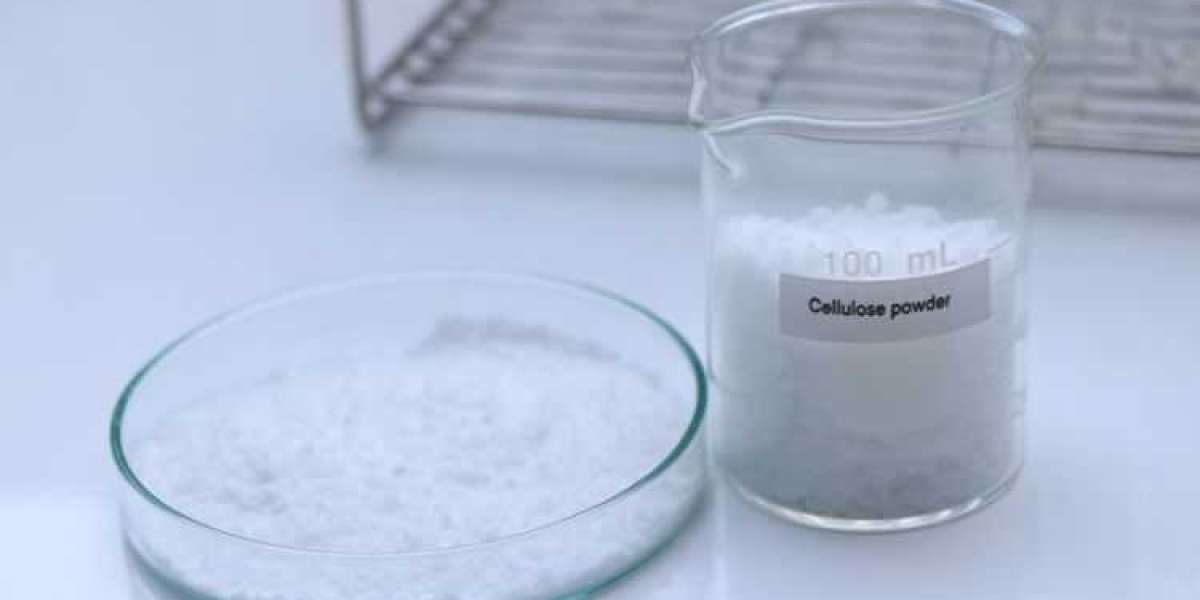In the 3D printing process, the drying of the filament is a crucial step. Wet filament will not only affect the print quality, but also may cause printing failure. Therefore, having a reliable dryer is essential for any 3D printing enthusiast or professional user. Although the dryers on the market are not cheap, with a few simple DIY tips, you can make your own efficient 3D filament dryer.
Materials required
Incubator: You can choose foam incubator or small refrigerator, they have a good insulation effect, can effectively isolate the outside moisture.
Heating element: such as ceramic heater or electric heating filament, used to provide a stable heat source.
Temperature controller: Control the temperature inside the dryer to ensure that the filament will not be damaged due to overheating.
Fan: Circulates the internal air to ensure even heat distribution.
Filament rack: Used to place 3D printed filament, which can be a metal mesh or plastic rack.
Power supply: A reliable power supply that provides power to the heating elements and fans.
Filaments and connectors: used to connect individual components.
Silicone or foam seal: used to seal the door of the incubator to ensure that the internal air does not leak out.
Production procedure
Prepare an incubator: Ensure that the interior of the incubator is clean and free of debris. If you use a refrigerator, clean it and make sure there is no residual cooling fluid.
Install the heating element: Secure the heating element to one side of the interior of the incubator, ensuring that it does not directly contact the filament. A ceramic heater is a good choice because it provides even heat.
Install the thermostat: According to the thermostat's instructions, install it on the incubator. Make sure that the probe of the thermostat can accurately measure the temperature inside the incubator.
Install the fan: Install the fan on the other side of the incubator, opposite the heating element. This ensures smooth internal air circulation and even heat distribution.
Make filament frame: According to the size of the incubator, make a suitable filament frame. You can use filament mesh or plastic sheet to ensure that the filament can be evenly distributed on the shelf.
Connect the power supply and filaments: Connect the heating element, fan, and thermostat to the power supply via filaments. Ensure all connections are strong and reliable to avoid the risk of electric shock.
Sealed incubator: Use silicone or foam sealing strips to seal the door of the incubator to ensure that the internal air does not leak out.
Test dryer: Before putting in the filament, first test whether the dryer is working properly. Check whether the heating element can be heated normally, whether the thermostat can accurately control the temperature, and whether the fan can operate normally.
Usage method
Put the filament: Place the 3D printed filament that needs to be dried on the filament rack, ensuring that the filament does not touch the heating element.
Set the temperature: Set the appropriate temperature according to the material and drying requirements of the filament. Generally speaking, the drying temperature of PLA filament is 50-60℃, and the drying temperature of ABS filament is 80-90℃.
Start drying: Close the door of the incubator and start the dryer. Depending on the humidity and length of the filament, the drying time may take several hours to more than ten hours.
Monitor progress: During the drying process, regularly check the temperature and working status of the dryer to ensure that everything is normal.
Take out the filament: After drying, turn off the power, wait until the internal temperature of the incubator drops to room temperature, then open the door and take out the dried filament.
Matters needing attention
Safety first: In the process of making and using the dryer, we must pay attention to safety. Ensure that all electrical components meet safety standards to avoid the risk of electric shock and fire.
Temperature control: Different filaments require different drying temperatures, and too high a temperature may cause deformation or damage to the filament.
Drying time: Set the drying time reasonably according to the humidity and length of the filament. Too long or too short drying time will affect the filament dryer effect.
With the above steps, you can DIY a simple and effective 3D filament dryer. This can not only save the cost of buying a professional dryer, but can also be customized and improved according to individual needs. Hope you found this tutorial helpful and have fun printing!



